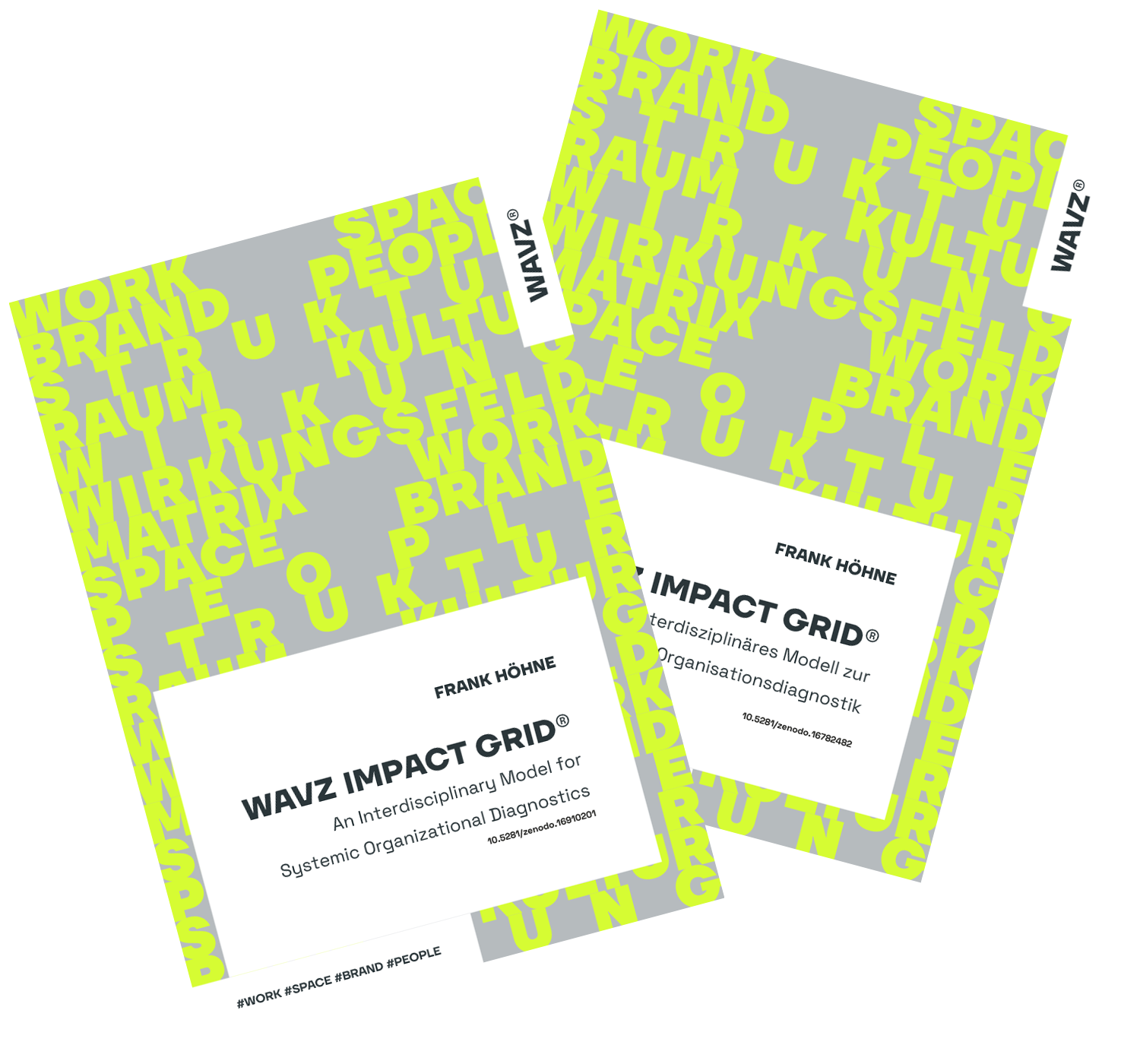PEOPLE - Culture & Employees
Culture cannot be prescribed. It manifests itself in routines, in unspoken rules, in the way people make decisions. By founding an academy for digital transformation and new work, we have addressed precisely this issue: How does attitude develop - and how does it really change organizations?
Culture is not a poster on the wall. It is part of everyday life: in the way teams work together, how conflicts are resolved, how management inspires confidence or exercises control. Officially, many talk about values, mission statements and employer branding. Unofficially, unspoken rules set the pace. This is exactly where we come in. We make these invisible patterns visible.
Our experience from transformation projects, New Work processes and our own academy: culture shows itself where systems reach their limits. When an organization preaches self-responsibility but micromanages in every meeting. When "innovation" is writ large, but no one is allowed to openly address mistakes. When leadership talks about trust, but decisions are still passed upwards. These tensions are the real obstacle - not the lack of a mission statement.
The WAVZ Impact Grid® reveals exactly that. PEOPLE is therefore inextricably linked to WORK, SPACE and BRAND. When work organization focuses on agility, but management continues to think hierarchically. When spaces enable collaboration but the culture cements silos. When the brand communicates openness, but fear reigns internally. Only when these fractures are visible can culture be consciously shaped.
We do not see culture as a feel-good factor, but as a hard control variable. It determines whether transformation succeeds or stalls. That is why it is not about introducing "feel-good programs", but about aligning structures and attitudes in such a way that they have an impact.
WAVZ Impact Grid®
The complete derivation, the 16 impact areas and the evaluation logic can be found in the white paper:

